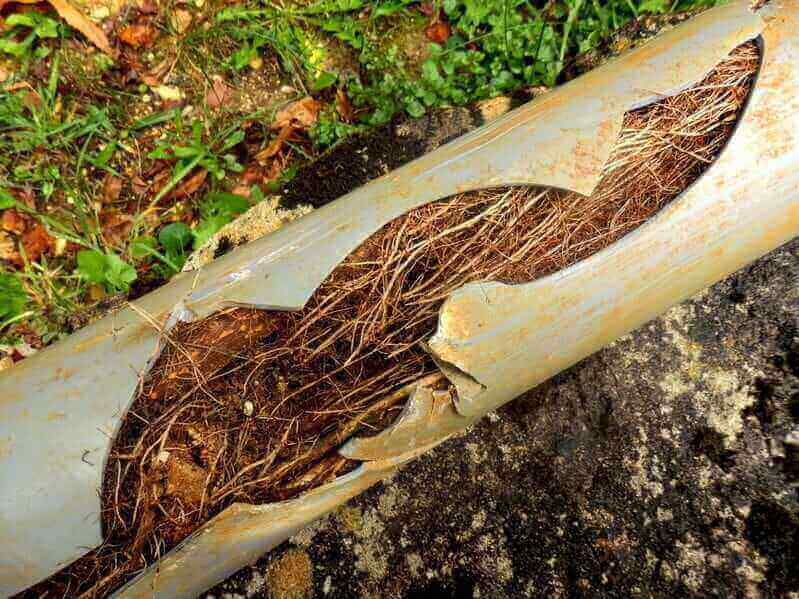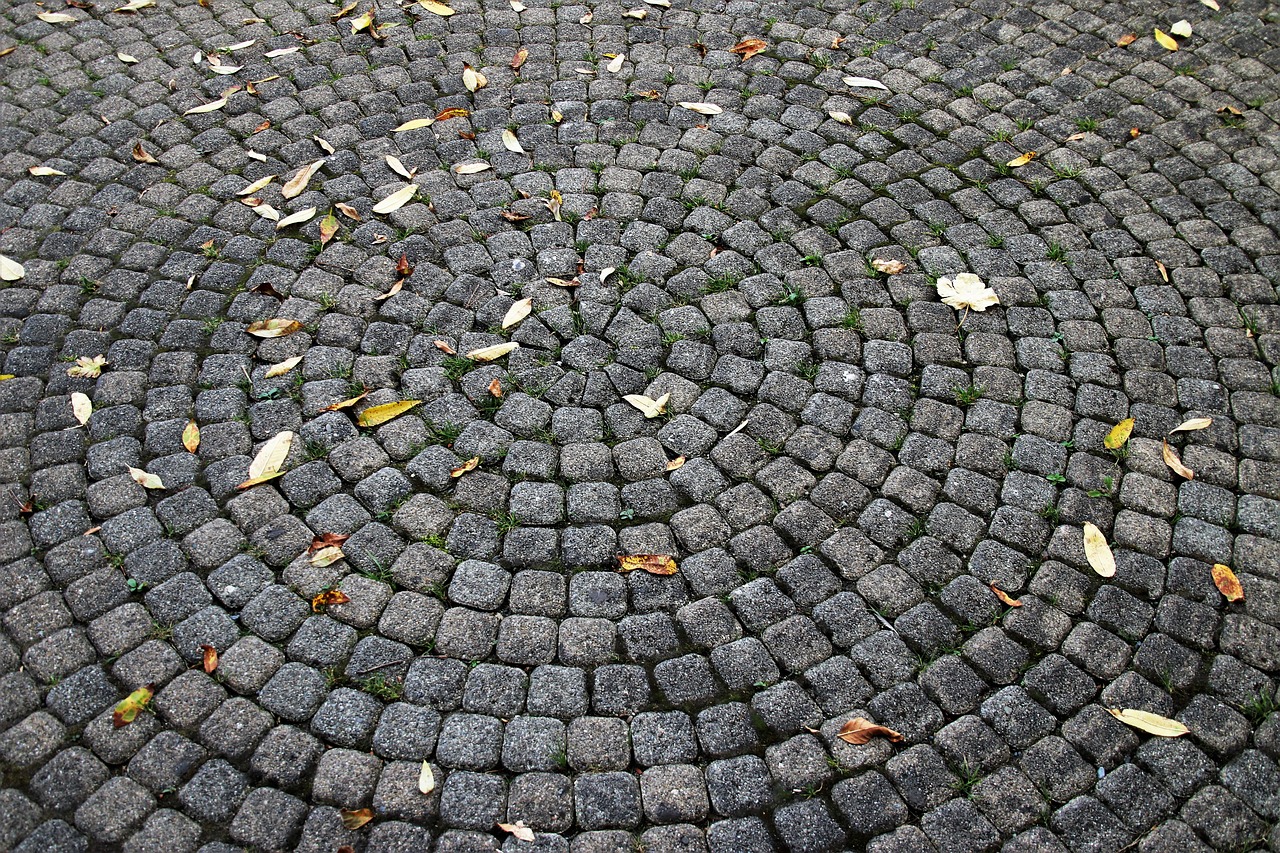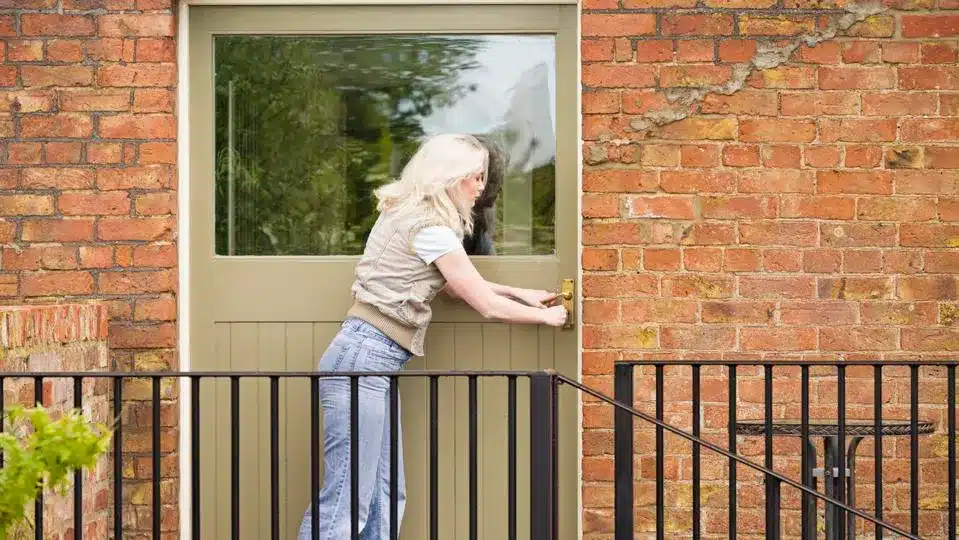How Trees and Shrubs Can Burst Your Pipes
When we envision the ideal home environment, lush greenery and majestic trees often feature prominently, offering shade, beauty, and a connection to nature. However, beneath this serene surface, a hidden menace to your property’s plumbing system lurks: the very trees and plants that adorn your landscape.
In this article, we’ll delve into the potential hazards trees and large shrubs can pose to pipes and drains, how roots can infiltrate and damage your plumbing. We’ll discuss the signs of distressed or broken pipes and strategies to mitigate these risks without sacrificing your green oasis.
The Root of the Problem
Trees seek moisture and nutrients, and their roots naturally grow towards sources of water, which unfortunately include your plumbing lines. The roots can infiltrate tiny openings in pipes, gradually expanding and causing blockages, fractures, or even burst pipes.
This issue isn’t confined to older, corroded pipes; even newer plumbing systems are at risk if trees are planted too close to the house. This is very common in areas of Brisbane where there is a large percentage of plants and trees either in backyards or along footpaths.
Potential Hazards of Planting Trees Near Your Home
- Blocked Drains and Sewer Lines: The most common issue arises when tree roots grow into sewer lines. Initially, this may cause slow drainage, but as the problem progresses, it can lead to complete blockage.
- Pipe Damage: Roots can wrap around pipes, exerting pressure that eventually leads to cracks or bursts. The resulting leaks can further attract roots, exacerbating the problem.
- Foundation Damage: In severe cases, large roots can grow against the foundation, creating cracks and structural issues that extend beyond plumbing concerns.
How Roots Affect Plumbing
Root intrusion into plumbing lines can be subtle at first but grows increasingly problematic over time. As roots infiltrate cracks or joints in pipes, they can cause partial or complete blockages, leading to backups and potential contamination. Moreover, the physical pressure exerted by growing roots can cause pipes to break or collapse, requiring costly repairs or replacements by a plumber Indooroopilly homeowners choose.
Signs of Distressed Pipes or Broken/Burst Pipes
Identifying a plumbing issue hidden beneath the serene facade of your landscape can save you from a future headache. Here are expanded insights on the signs:
- Slow Draining Sinks and Toilets: This is often the homeowner’s first clue. If water takes longer to drain, or if toilets do not flush as powerfully as usual, it’s a sign that roots may be constricting your pipes somewhere along the line.
- Gurgling Sounds from Drains: An unmistakable gurgle or bubbling sound emanating from your drains is a tell-tale sign of a blockage. When roots interfere with water flow, air pockets can form, causing these sounds.
- Unexplained Wet Areas in the Yard: If you notice areas in your yard that are inexplicably wet, or where the grass is greener and grows faster, it could indicate a leaking pipe. These leaks, often caused by root intrusion, create a localised area of moisture that can be a boon for your lawn but a sign of trouble below.
- Water Backup in Drains: Regular occurrences of water backing up in sinks, bathtubs, or showers upon usage are indicative of a severe blockage. When roots invade and obstruct the flow of water, it has nowhere to go but back up the way it came.
- Unpleasant Odors: The presence of foul smells emanating from your yard or drains is a distressing sign of a broken sewer line. When sewer pipes are compromised by roots, sewage can leak into the surrounding soil, producing a noticeable and unpleasant odour.
- Changes in Water Pressure: A less commonly known sign is a significant drop in water pressure. While this can be due to various issues, when combined with other signs, it might suggest that roots have damaged the pipes, affecting the water flow.
- Sinkholes or Visible Shifts in Soil: In extreme cases, the growth of roots and subsequent damage to water lines can lead to sinkholes or noticeable shifts in the soil around your property. These changes can indicate a significant breakage or compromise of your plumbing system.
By keeping an eye out for these signs, homeowners can act swiftly to address root intrusion and prevent further damage to their plumbing systems. Early detection and intervention are key to maintaining the health of your home’s infrastructure and avoiding costly repairs.
Mitigation Strategies
While the relationship between your greenery and plumbing might seem fraught, there are strategies to enjoy the best of both worlds without compromise:
- Strategic Planting: Research the root behaviour of trees and plants before planting. Opt for species with less invasive root systems and plant them a safe distance from plumbing lines and your home’s foundation.
- Regular Inspections: Have your plumbing system inspected regularly by professionals, especially if you suspect root intrusion. Early detection can prevent severe damage.
- Barrier Installation: Physical barriers, made of metal or waterproof materials, can be buried around your plumbing lines to discourage root growth towards them.
- Root Maintenance: Regularly trimming the roots of trees near your home can help prevent them from reaching your pipes. However, this should be done by a professional to avoid damaging the tree.
- Choose Pipe Materials Wisely: If you’re installing new plumbing or replacing old pipes, opt for materials that are more resistant to root intrusion, such as PVC or metal.
Trees and shrubs add immeasurable value to our properties, offering beauty, shade, and environmental benefits. However, their potential to disrupt plumbing systems with their roots is a significant consideration for any homeowner.
By understanding the risks, recognising the signs of plumbing distress, and implementing preventive measures, you can protect your home from the hidden dangers of root intrusion. With strategic planning and maintenance, your green sanctuary and your plumbing can coexist in harmony, ensuring your home remains a safe and serene haven for years to come.







